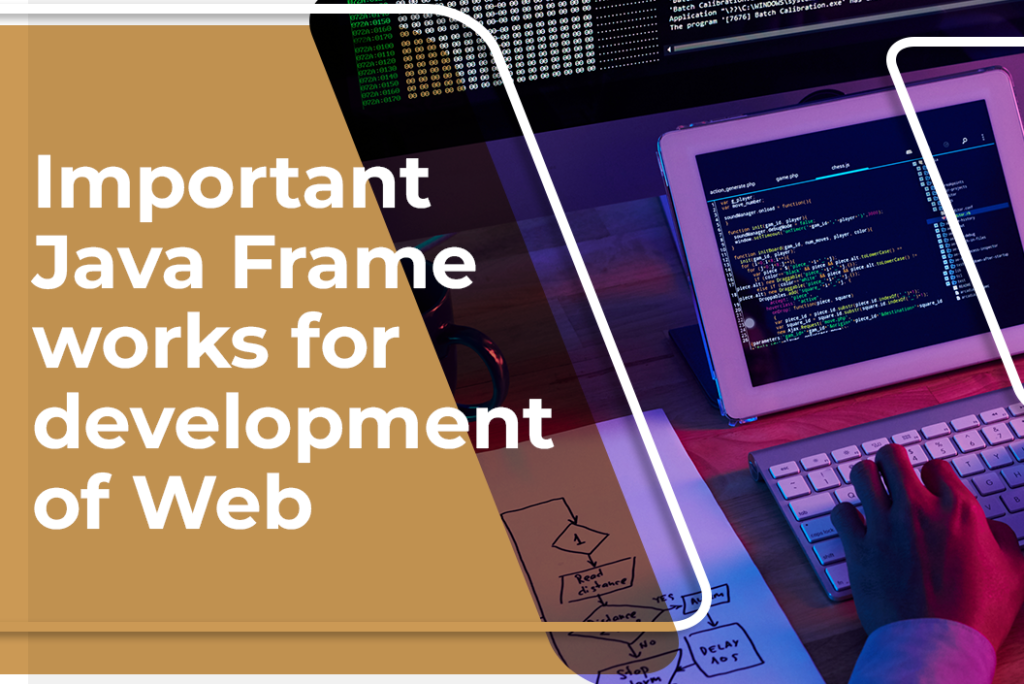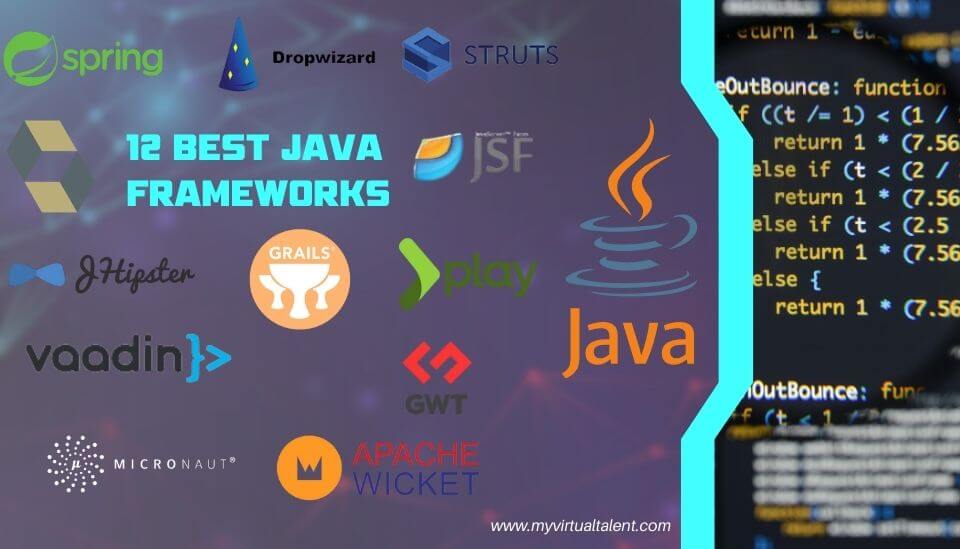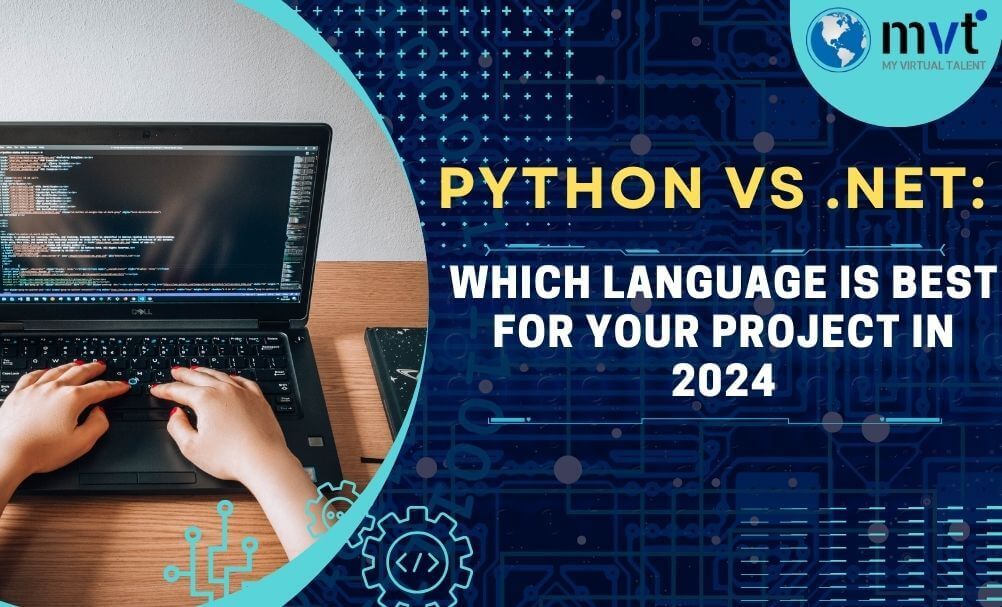
Java is a top choice for developers worldwide because it’s versatile, efficient and has robust community support. Java frameworks are essential for web development, simplifying the coding process, enhancing productivity, and ensuring more stable and secure applications. In this short article, we will tell you about the 12 best Java frameworks that are important if you want to be successful in web development.
What is a Java Framework?
A Java framework is like a toolbox for building Java applications. It gives developers many pre-made tools and guidelines so they don’t have to start from scratch whenever they want to create something new. This makes coding faster, easier, and more reliable. Java frameworks come with built-in solutions for everyday tasks, like connecting to databases or managing web pages, so that developers can focus on the unique parts of their projects instead of the basics. They’re super helpful for making all Java applications, from small web apps to massive, complex systems. In short, Java frameworks make a developer’s life much more straightforward.
Why Use Java Frameworks?
Java frameworks are like secret weapons for developers, helping them build applications with more ease and precision. They offer a blueprint that organizes your project, ensuring everything fits together nicely. Java frameworks automate the boring stuff, whether it’s for testing, creating web applications, or managing databases through ORM (Object-Relational Mapping). This means developers can focus on the unique features of their applications instead of reinventing the wheel for everyday tasks. There are Java frameworks for all parts of your project, from making the user interface look good (front-end) to handling the heavy lifting of data processing (back-end).
This division lets developers zero in on specific areas, whether making a website interactive or ensuring the server runs smoothly. Using Java frameworks simplifies the development process, ensuring that developers spend more time on what matters – the business logic and innovation behind the app. Want to dive deeper into the differences between front-end and back-end frameworks? Check out our detailed article for a comprehensive understanding.
12 Best Java Frameworks
Let’s explore the best Java frameworks for 2024, which are perfect for web development. These top picks are favored by dedicated development teams around the globe, making them the go-to tools for creating robust, efficient web applications. From enhancing productivity to ensuring scalability, these frameworks are setting the standard for the future.

1. Spring
The lightweight Java web framework is open-source Spring. It provides infrastructure support to develop Java applications. As one of the most popular Java Enterprise Edition (JEE), Spring can help developers create high-performing applications using plain old Java objects.
- Utilizing Spring’s adaptable and exhaustive outsider libraries, you can hire a Java developer to construct any web application you envision.
- Begin another Spring project in a flash, with quick startup, quick closure, and improved execution.
- Spring gives a lightweight compartment that can be set off without a web or application server.
- It gives in reverse similarity and simple testability of your task.
- It upholds measured quality and both XML and explanation-based arrangements.
2. Hibernate
A steady, lightweight ORM Java system that can undoubtedly speak with any information base and is more helpful while working with various data sets. Working with Sleep is fun, utilizing strong APIs and valuable instruments like Planning Proofreader, Wizards, and Figuring Out. Many large organizations, including Stage, Day to Day Inn, IBM, and Dell, use Sleep in their tech stacks.
- Awesome Command-line tools and IDE plugins to make your experience pleasant.
- Hibernate is lightweight and easy to scale up, modify, and configure.
- It has Complex data manipulation with less coding.
- Used for RDBMS as well as the NoSQL database.
- Consists of High productivity and portability
3. JavaServer Faces (JSF)
It is very much like Struts, it is a free web application created by the system, kept up with by Prophet innovation which improves on building UIs for Server-side applications by collecting reusable UI parts on a page. JSF is a part-based MVC structure that epitomizes different client-side innovations and zeros in more on the show layer to permit web engineers to make UI basically by dragging and dropping.
- It has reusable UI components
- It helps to improve productivity and consistency
- It provides an API to represent and manage UI components and instead of using Java, JSF uses XML for view handling.
- Enriches the user experience by adding Ajax events for validations and method invocations.
- It has easy front-end tools to use without too much coding
4. Struts
It is an exceptionally valuable structure, an open-source MVC system for making current undertaking-level Java web applications that favor show over setup and decrease in general improvement time. It accompanies modules to help REST, AJAX, and JSON and can be effectively coordinated with other Java structures like Spring and Sleep.
- This framework is Super Flexible and beginner-friendly
- It’s Reliable and completely based on the MVC design pattern.
- It Reduces development time and effort and makes it easier and more fun.
- Integration with REST, JSON, and AJAX.
- Extend capabilities for complex development,
- Creative themes and templates make development tasks faster.
5. Grails
It is a powerful full-stack Java system in light of the MVC configuration design. It is not difficult to learn and is generally reasonable for fledglings. Chalices is an item-based language that improves engineer efficiency. While written in Groovy, it can run on the Java stage and is totally viable with Java grammar or syntax.
- Easy to Create tags for the View
- has built-in support for RESTful APIs
- Even can mix Groovy and Java using Grails,
- best suitable for Rapid web Development,
- configuration features are dynamic, no need to restart the server.
6. Vaadin
An open-source client-server system with a functioning overall local area that permits you to make complicated and dynamic web applications utilizing pre-planned UI parts. Compose UI in plain Java without annoying JS, HTML, and CSS. Vaadin gives server-side engineering that assists designers with making dynamic and intelligent points of interaction for the web. You can likewise make formats with a visual planner rather than HTML. Utilizing Vaadin admittance to the DOM straightforwardly from the Java virtual machine. The refreshed parts can be joined with other frontend JavaScript advances, for example, Respond and Vue, or even plain JavaScript.
- High developer productivity and fast development
- Automates client-server communication and routing,
- It is built on the Web Components standards
- Even provides many components and different listeners,
- Has good documentation and an active community.
7. Wicket
Apache Wicket is an exceptionally straightforward Java web system with a part-situated structure where all you want to be aware of is Java and HTML with no XMLs or design documents. Experience working with JSP makes working with Wicket just a cakewalk. The fundamental element of Wicket is its POJO model, wherein parts are straightforward (Regular) Java Items with OOP highlights. These parts come packaged together as reusable bundles so engineers can modify them with pictures, buttons, structures, joins, pages, holders, and ways of behaving, and the sky is the limit from there.
- light-weight and superfast framework
- Zero XML configuration files
- Unit testing is very easy with Wicket.
- Easy to create Bookmarkable Projects.
8. Google Web Toolkit
This is one of the most used Java frameworks in today’s world. It is an extremely well-known open-source Java system utilized by an enormous number of designers all over the planet for building and improving complex program-based applications. This system is utilized for the useful advancement of elite execution complex web applications without being a specialist in front-end innovations like JavaScript or responsive plans. It changes over Java code into JavaScript code which is a noteworthy element of GWT. Famous Google applications like AdSense and AdWords are composed and utilize this system.
- Google APIs are immensely utilized in GWT applications.
- Open-source and Designer well disposed of.
- Effectively make delightful UIs without tremendous information in front-end prearranging dialects.
- Make enhanced web applications that are not difficult to investigate.
- Accumulates the Java source code into JavaScript records that can run on every significant program.
9. Dropwizard
Dropwizard is a sleek Java framework designed to create efficient, operations-friendly, high-performance RESTful web services. What makes Dropwizard stand out is its ability to bundle stable, mature Java libraries into an easy-to-use package, making web service development a breeze. This framework is particularly admired for its lightweight nature, allowing developers to build and deploy services rapidly. A notable feature of Dropwizard is its support for scheduled tasks, enabling developers to manage and automate tasks within their applications easily. By utilizing Dropwizard scheduled tasks, developers can ensure the timely execution of critical operations, enhancing the functionality and reliability of web services. Dropwizard is ideal for developers looking for a straightforward yet powerful framework for modern web service development.
- Dropwizard doesn’t slow your projects down because it’s made to be super light and easy to use.
- It’s built with operations in mind, making it a breeze for teams to deploy and manage their web services.
- This framework is all about speed, helping your web services run smoothly and quickly.
- Dropwizard combines tried-and-true Java libraries into one neat package, giving you reliability without the hassle.
10. JHipster
JHipster is a game-changer for developers, merging the best of both worlds: Spring Boot for the backend and Angular, React, or Vue for the front end. This powerhouse development platform enables you to swiftly generate, craft, and roll out web applications and microservices. It’s designed to streamline the entire development process, from initial setup to final deployment, ensuring you’re working with the latest tech. Whether you’re building dynamic web apps or scalable microservices, JHipster simplifies complex tasks, making development fast, efficient, and enjoyable.
- JHipster blends Spring Boot’s backend magic with the power of frontend frameworks like Angular, React, or Vue. It means you can craft awesome full-stack web apps all in one place.
- It’s perfect for building Spring microservices, making your app’s backend super scalable and efficient.
- With JHipster, you speed through app development, from generating the base project to deploying a polished product.
- It keeps you ahead with the latest tech trends, integrating modern tools and frameworks seamlessly into your projects.
11. Play Framework
The Play Framework revolutionizes web development with Java and Scala, making the process smoother and faster. It’s designed around the MVC (Model-View-Controller) architecture, which helps organize and keep code clean. One of its standout features is hot-reloading, which means any changes you make are immediately visible without restarting the server – a huge time saver. Its stateless web tier also supports scalable applications, allowing them to grow without compromising performance. Play Framework’s focus on simplicity and speed, combined with these powerful features, makes it a top choice for developers aiming to create efficient, scalable web applications.
- MVC Architecture: Organizes code cleanly between the model, view, and controller.
- Scala & Java Support: Works seamlessly with both languages for flexible development.
- Hot-Reload: Instantly views changes without restarting the server.
- Asynchronous Processing: Enhances app scalability and performance by handling requests asynchronously.
12. Micronaut
Micronaut is a cutting-edge framework designed for the Java Virtual Machine (JVM), revolutionizing how developers build microservice and serverless applications. Its modern architecture and design principles cater to the demands for lightweight, high-performance applications that scale effortlessly. Micronaut is quickly becoming a preferred choice for developers looking to leverage the power of modern JVM-based frameworks without the heavy overhead. Its focus on modularity, ease of testing, lightweight architecture, and rapid startup times make it an excellent tool for building the next generation of microservice and serverless applications.
- Micronaut’s architecture is built for modularity, making it incredibly easy to develop and maintain microservices by breaking down applications into manageable, interchangeable components.
- It strongly emphasizes testability, offering built-in tools that simplify the testing process for microservices and serverless applications, ensuring reliability and robustness.
- While Spring is a robust framework, Micronaut offers a similar level of functionality but with a fraction of the resource consumption, making it ideal for scalable applications.
- Micronaut reduces startup time significantly, thanks to its ahead-of-time (AOT) compilation, which optimizes application performance and efficiency.
Choosing the Right Framework
Selecting the proper Java framework depends on specific project requirements, such as the size and complexity of the application, developer expertise, and the desired level of control over the web application’s functionality. Here are some considerations:
- Project Size: Lightweight frameworks like Spark and Javalin are suitable for smaller projects, while Spring and Hibernate are better for more extensive, enterprise-level applications.
- Developer Productivity: Frameworks like Grails and Spring Boot offer features that can significantly speed up development time.
- Community Support: Popular frameworks like Spring have extensive documentation and a large community, making it easier to find solutions to problems.
- Performance: If performance is a critical factor, consider frameworks designed for speed and efficiency, such as Vert.x or Micronaut.
Conclusion
Java frameworks are indispensable for developing robust, efficient, and scalable web applications. Each framework has its strengths and is suited to different kinds of projects. By understanding the unique features and benefits of these 12 frameworks, developers can choose the most appropriate one for their web development projects, ensuring success in their coding endeavors. Whether you’re building a small application or a large-scale enterprise system, there’s a Java framework that fits your needs, helping to streamline the development process and create more effective web applications.
MyVirtualTalent helps you in finding and giving you the best virtual employee for the development of the website. Our virtual employees have accurate knowledge of each and everything, such as knowledge of Java Framework to website development. MyVirtualTalent has great potential for providing you with the best services.
Looking for fresh content?
Get articles and insights from our weekly newsletter.
Recent Posts
Reduce Your Marketing Spend By 70% And Grow Your Revenue Organically 10X Faster!
Get a Free Quote Today!










